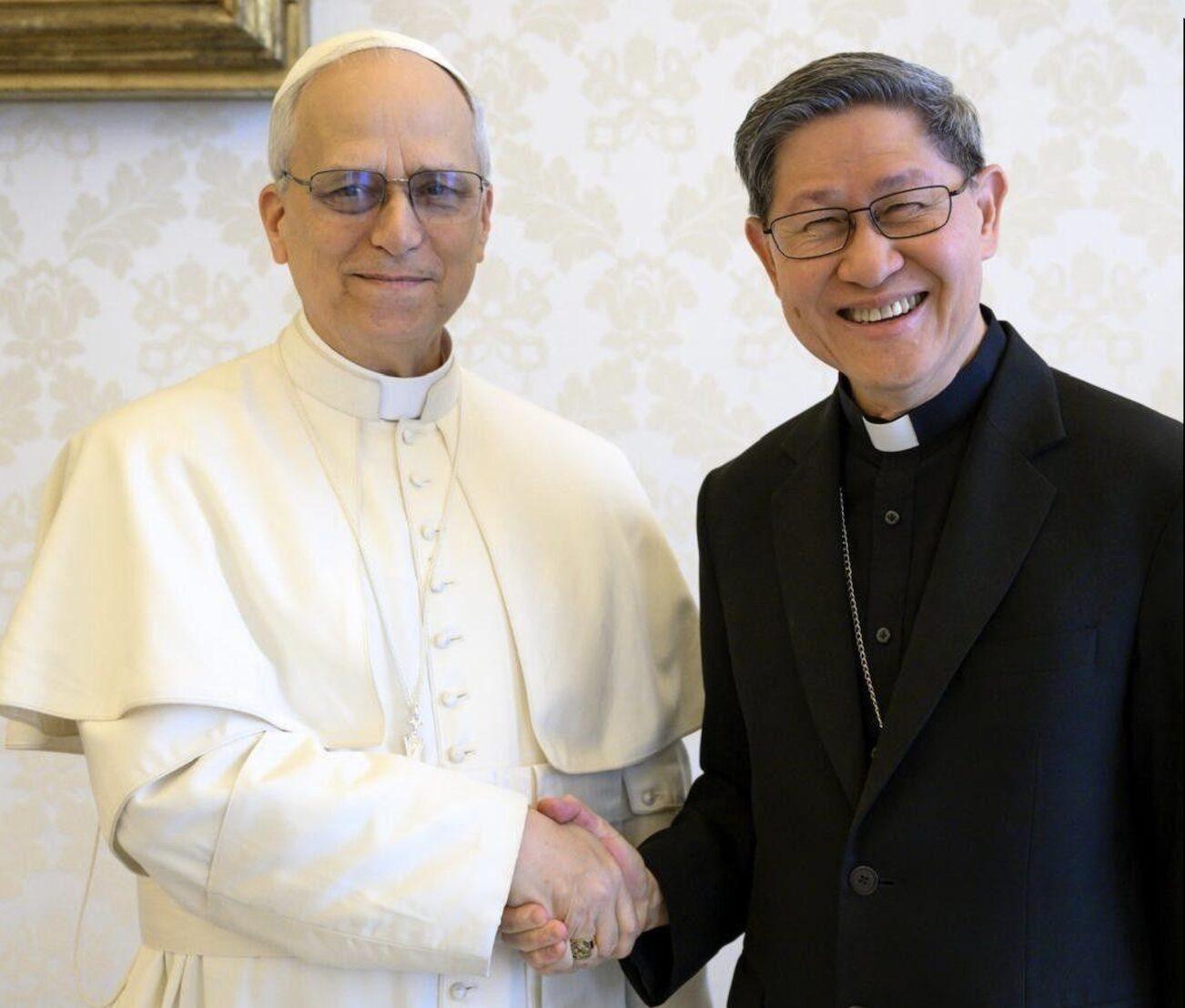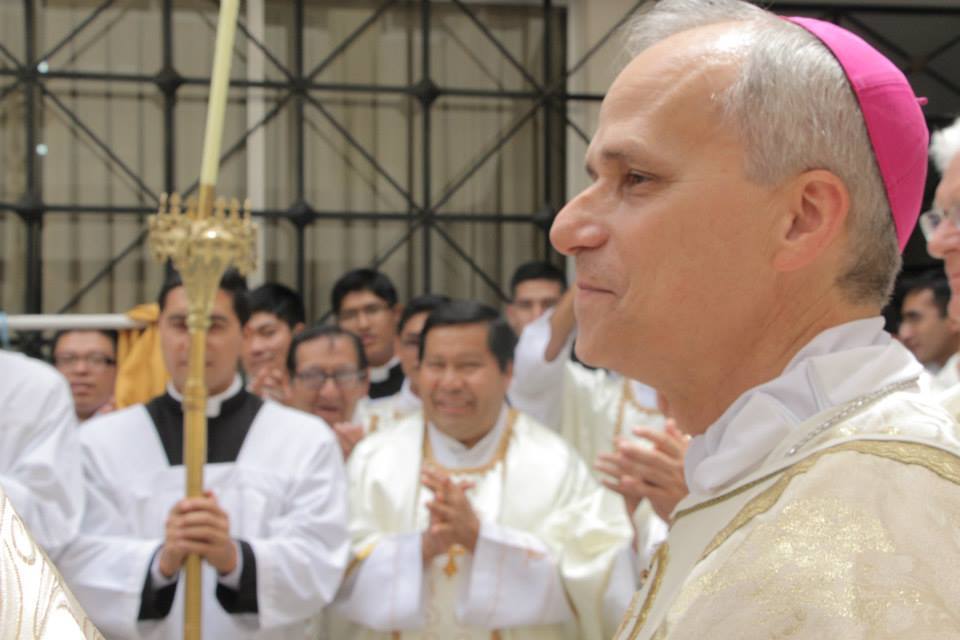THE first-ever two-day summit with President Barack Obama and 10 Southeast Asian leaders kicked off on Monday, Feb. 15 at the Annenberg Retreat at Sunnylands in Rancho Mirage, California. The standalone meeting between the White House and leaders of the Association of Southeast Asian Nations (ASEAN) is meant to be a crucial step in the US effort to “rebalance” foreign policy toward the Asia-Pacific, to improve relations with Southeast Asian allies, and to address key issues including maritime security, Islamic State extremists, and the South China Sea.
The 10-nation axis (the world’s seventh largest economy) is also crucial for the growth of many American companies, including US firms, who are the largest foreign direct investors in the ASEAN region–America’s fourth largest export market–and contribute over half a million jobs in the US, reported Al Jazeera. It is the first summit meeting held on US soil.
Other nations’ heads of government present at the summit included presidents from Indonesia, Malaysia, Singapore, Thailand, Brunei, Vietnam, Laos, Myanmar, Cambodia, and the Philippines.
President Benigno Aquino III and members of his Cabinet arrived in California on Monday morning for a brief visit. They were welcomed at the airport by a senior protocol representative from the US State Department; Jose Cuisia Jr., Philippine Ambassador to the US; and Consulate General Leo Herrera-Lim.
The Philippine delegation consists of Foreign Affairs Secretary Albert del Rosario, Finance Secretary Cesar Purisima, Defense Secretary Voltaire Gazmin, Trade Secretary Adrian Cristobal Jr., Economic Planning Secretary Emmanuel Esguerra, Communications Secretary Herminio Coloma Jr., Cabinet Secretary Jose Rene Almendras and Climate Change Commissioner Emmanuel de Guzman, reported The Philippine Star.
The first retreat session of the ASEAN-US Summit was themed, “Promoting an Innovative, Entrepreneurial ASEAN Economic Community.”
“Early in my presidency, I decided that the United States, as a Pacific nation, would rebalance our foreign policy and play a larger and long-term role in the Asia Pacific. And this has included engagement with Southeast Asia and ASEAN, which is central to the region’s peace and prosperity, and to our shared goal of building a regional order where all nations play by the same rules,” Obama greeted leaders in his opening remarks. “This summit marks our seventh meeting. At your invitation, the United States joined the East Asia Summit, and together we’ve made it the region’s leading forum for addressing political and security challenges.”
Obama also highlighted accomplishments of the US-ASEAN meetings: forging a new Strategic Partnership, increasing trade and economic partnerships, the Young Southeast Asian Leaders Initiative, and boosting overall trade between the US and ASEAN nations.
“Our sustained engagement is delivering concrete results that benefit all of us–momentum that we can build on here at this summit,” he said. “Here, we can advance our shared vision of a regional order where international rules and norms, including freedom of navigation, are upheld, and where disputes are resolved through peaceful legal means.”
The first day’s touched on the Trans-Pacific Partnership, a free-trade deal signed by Obama earlier this month, and currently includes four of the ASEAN nations with more on the way, according to US Secretary of Commerce Penny Pritzker. The controversial TPP is also intended to further reduce barriers to trade, but has prompted outcry over “restrictive copyright language and expanded rights of corporations to sue nations whose regulations get in the way of profits,” reported The Desert Sun.
The second retreat session on the following day revolved around “Protecting Peace, Prosperity, and Security in the Asia-Pacific.”
China’s growing boldness and influence in the region has concerned ASEAN leaders, including the Philippines and Vietnam, which are both involved in territorial disputes and want the US’s support for security.
The lack of consensus over Chinese policy currently divides ASEAN’s member nations, who all want to handle the China situation differently without angering leaders.
On Day 2 of the summit, leaders met for a working session, where Pres. Obama was seated between representatives from Singapore and the Philippines. The result of an hours-long meeting included a joint US-ASEAN statement, the “Sunnylands Declaration,” which calls for “Mutual respect for sovereignty, territorial integrity, equality and political independence of all nations by firmly upholding the principles and purposes of the Charter of the United Nations, the ASEAN Charter and international law.”
A new initiative, the US-ASEAN Connect, was also announced by Obama. The US president said the “network of hubs” is meant to help connect business entrepreneurs and international investors.
“I believe this summit has put US-ASEAN on a new trajectory that will carry us to greater heights in the decade ahead,” Obama told reporters on Tuesday at the summit’s end.
After the summit, Aquino was scheduled to be in Los Angeles for a working visit, where his activities included addressing the Los Angeles World Affairs Council at the Intercontinental Hotel, receiving an honorary Doctorate of Humane Letters degree at Loyola Marymount University, and meeting with the top executives of three big LA-based companies (Walt Disney International, Western Digital Corporation, and AECOM’s Enterprise Growth Solutions).
“Our kababayans in the US and I are looking forward to welcoming him once more to the United States. We’d like to wish him a successful visit,” Cuisia told Radio Television Malacañang.





